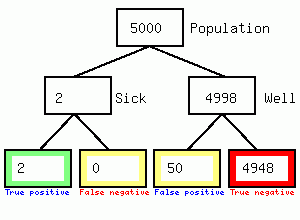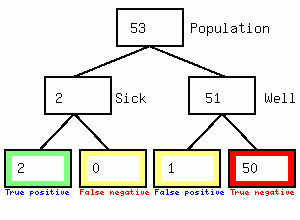
There has been a considerable amount of literature developed over the Coronavirus CoV-2 pandemic regarding the dental profession, aerosol generating procedures (AGP), airborne spread of the virus and the need for enhanced personal protective equipment (PPE).Though there is evidence that dental AGPs cause significant environmental contamination there is very little evidence linking this to direct infection of staff or patients (HPS, 2020).
To reduce the potential risk of infection via the airborne route most national and international regulations (Clarkson et al., 2020) require that dental teams wear Face Filtering Piece level respiratory protection (FFP2/FFP3) in addition to standard PPE when performing AGPs. Following the SARS-Cov-1 outbreak in Toronto, Canada, powered air-purifying respirators (PAPRs) superseded the use of FFP respirators in the respiratory PPE protocols (Peng et al., 2003) however there is no mention of their existence as an alternative to FFP3 respirator in the PPE guidance from the Office of the Chief Dental Officer (England) (OCDO, 2020). This review is important due to limited information available regarding the practical efficacy between FFP2/FFP3 and PAPRs in the clinical environment.
Methods
This systematic review was reported according to the standards for the Preferred Reporting Items for Systematic Reviews and Meta-Analysis (PRISMA), and the protocol was prospectively registered with the International Register of Systematic Reviews (PROSPERO). Searches were undertaken using the electronic databases: Medline; Embase; Cochrane Library (Cochrane Database of Systematic Reviews and CENTRAL). Grey literature was sought through: Google Scholar, OpenGrey, and GreyNet. Searches were repeated up to June 2020, and only English language studies were included.
Studies were screened by two reviewers. Risk of bias in randomized controlled studies was assessed using the Cochrane Risk of Bias tool, and the ROBINS-I (Risk of Bias in Non-randomized Studies of Interventions) tool to assess the risk of bias in non-randomized studies. Quality of evidence was classified according to Grading of Recommendations, Assessment, Development and Evaluation (GRADE). Due to the heterogeneity of the small number of studies a narrative review was undertaken.
Results
- 10 studies fulfilled the inclusion criteria out of a total of 690.
- There was no difference in the primary endpoint of COVID-19 infection in respective observational studies in the airway proceduralists utilizing PAPR versus other protective respiratory equipment.
- Healthcare workers reported Improved comfort with regards to heat tolerance and visibility with PAPR technology.
- Decreased effort was needed to maintain the work of breathing compared to conventional filtering face pieces.
- Lower contamination rates of skin and clothing in simulation studies of participants utilising PAPRs.
- Decrease in audibility and communication difficulties due to increased weight of the equipment and noise generated by positive airflow.
Conclusions
The authors concluded: –
Field observational studies do not indicate a difference in healthcare worker infection utilizing PAPR devices versus other compliant respiratory equipment. Greater heat tolerance accompanied by lower scores of mobility and audibility in PAPR were identified. Further pragmatic studies are needed in order to delineate actual effectiveness and provider satisfaction with PAPR technology.
Comments
This was a well conducted systematic review considering the limitation in the number of studies. Due to the global nature of the pandemic more papers could possibly have been identified if the authors had not restricted the language search. There would appear to be numerous advantages identified in this review regarding the use of PAPRs such as increased assigned protection factors (APF >25), inbuilt eye protection, reusable, they don’t need fit testing, improved heat tolerance and comfort if worn for longer than 1 hour, and they can be worn without limiting facial hair.
Limitations include challenges in verbal communication due to the hum of the motor, maintenance and battery life, decontamination after use, and cost. Given the lack of demonstrable advantage in terms of infection prevention, institutional decision makers may be applying a pragmatic choice to use FFP3 over PAPR respirators, however there may be considerable physical and financial advantage for health care workers and dental staff who are required to work for extended periods.
Links
Primary Paper
Use of Powered Air-Purifying Respirator (PAPR) by healthcare workers for preventing highly infectious viral diseases -a systematic review of evidence. Ana Licina, Andrew J Silvers, Rhonda Stuart. medRxiv 2020.07.14.20153288;
Other references
CLARKSON, J., RICHARDS, D. & RAMSAY, C. 2020. Aerosol Generating Procedures and their Mitigation in International Dental Guidance Documents – A Rapid Review.
OCDO. 2020. Standard operating procedure Transition to recovery first published 4th June.[Online]. Accessed 1st Aug 2020].
PENG, P. W., WONG, D. T., BEVAN, D. & GARDAM, M. 2003. Infection control and anesthesia: lessons learned from the Toronto SARS outbreak. Canadian Journal of Anesthesia, 50, 989-997.




